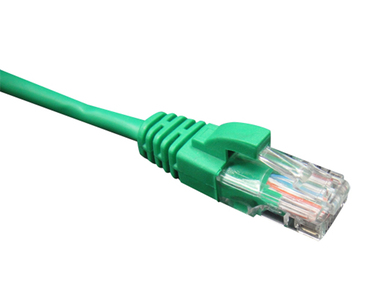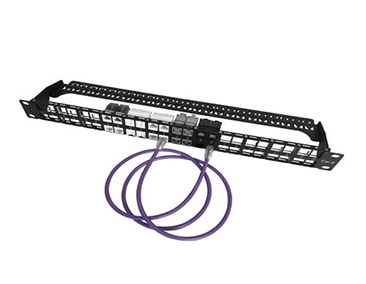
UTP Cable is a shorter way of saying unshielded twisted pair. This is one of the least expensive wires and works for the basic needs of phone systems so it is one of the most commonly installed in residential industries.
The twisted cable pairs work to cancel out EMI (electromagnetic interference) from external sources. This would be interference from electromagnetic radiation, groundwater, pressure, root systems, and more. It also cuts down on crosstalk. Interestingly enough, UTP wire is accredited with being discovered by Alexander Graham Bell. It is no surprise that UTP Cable is the single most common type of copper telephone wire.

The two wires in each pair carry opposite signals. Each signal is detected as the opposite end when the signal reaches the receiver. Twisting the pairs together is how the effects of crosstalk are countered.
Multiple pair cabling is a necessity for handling all forms of communication needs. The purpose of the cable really determines how many pairs are needed. Analog systems, digital systems, and Ethernet systems all require a different number of pairs. Sometimes, because it is less expensive than coaxial cable, UTP and STP (Shielded twisted pair) are sometimes used in basic LAN installations.
Most of the time though, UTP cables are used in computer networking and in modern Ethernet cable solutions. It is also used in data networks as networks that have short or medium lengths will save money over optical fiber or coaxial cable.
UTP Cable is also finding a home in video applications. Mostly it is security cameras, not the cinematic type. The bandwidth of UTP has been improved so it now matches the baseband needed to connect.
Each wire in the UTP cable model has four parts. The conductor and the insulator are parts of the wire itself. The third part is the twisted unit. This twisted unit will have two wires, each one will have a conductor and an insulator. The sheath covers the sets of twisted wires, keeping the whole unit from cuts, scrapes, burns, etc.
Originally, the corporation AT&T came up with a 25 pair system which is now the standard for indoor telephone applications. A subset of the colors (blue-white, white blue, orange white, and white orange) still appear in most UTP Cables.
The insulator keeps the cables from crossing and limits crosstalk. Most insulators are made from a material such as FEP or polyethylene. These are covered in a polyethylene jacket. The different twist rates allow for more or less Mbps Wires which are paired together are specially matched to minimize the crosstalk from each bundle.
Between the cost efficiency and the versatility it has, UTP wire will be in play for a long time. More research is constantly being done to find ways to utilize existing resources and create new ones to find better and better communication wires. In the end, it comes down to a choice between cost-effectiveness and quality, there are many nuances to consider when finding the right point in the middle.


